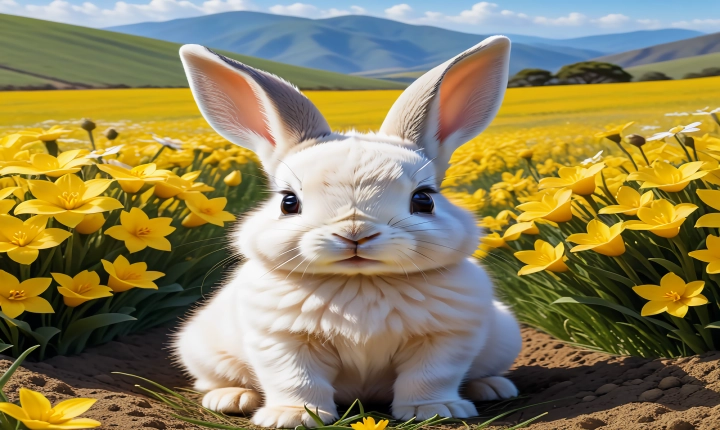Is AI Ruining Art?
Art has long been a domain where human creativity and expression are showcased. Whether it’s through painting, music, literature, or any other form, art serves as a reflection of the human experience and emotions. However, in recent years, the rise of artificial intelligence (AI) has sparked a debate about its impact on the world of art. Some argue that AI is revolutionizing art, while others fear that it may be ruining the authenticity and creativity of traditional art forms.
One of the most significant areas where AI is making waves in the art world is in the creation of visual art. With the advancement of machine learning algorithms, AI programs can now generate paintings, drawings, and other visual art forms that are strikingly similar to those created by human artists. These AI-generated artworks have even been featured in art exhibitions and auctions, blurring the lines between what is considered “authentic” art and what is produced by a machine.
While some may view AI-generated art as a marvel of technological advancement, others argue that it undermines the essence of traditional artistic expression. The emotional and personal connection that artists have with their work is often absent in AI-generated art, which some fear could devalue human creativity and skill. In addition, the commercialization of AI-generated art raises ethical questions about the uniqueness and value of original artwork.
Another concern surrounding AI’s influence on art is its impact on the music industry. AI algorithms can now compose original pieces of music, mimicking the styles of famous musicians. While this technology has the potential to aid musicians in their creative process, some argue that it may lead to a homogenization of music, as AI-generated compositions lack the emotional depth and personal experiences that human musicians bring to their work.
Furthermore, in the realm of literature, AI has been used to generate poetry and even entire novels. While some may appreciate the output of AI-generated literature as an interesting experiment, others argue that it cheapens the human experience and creativity that goes into writing.
Despite these concerns, there are also those who see the potential for AI to enhance and complement human creativity in the art world. AI tools can be used as aids for artists to experiment with new techniques and styles, and even collaborate with AI to create innovative works of art. Additionally, AI can help democratize the creation of art by providing access to tools and resources for aspiring artists who may not have had the opportunity otherwise.
In conclusion, the impact of AI on art is a complex and nuanced issue. While AI has the potential to revolutionize the art world, it also raises significant concerns about the authenticity and emotional depth of art. It is essential for artists, critics, and the public to engage in discussions about the implications of AI in art and to consider the ethical and cultural implications of its use. Ultimately, the integration of AI in art should strike a balance between innovation and the preservation of human creativity and authenticity.
